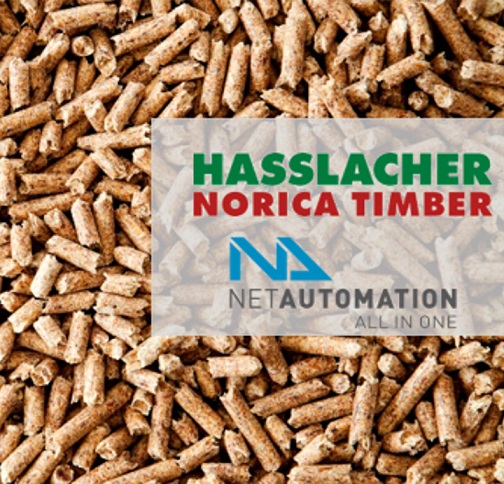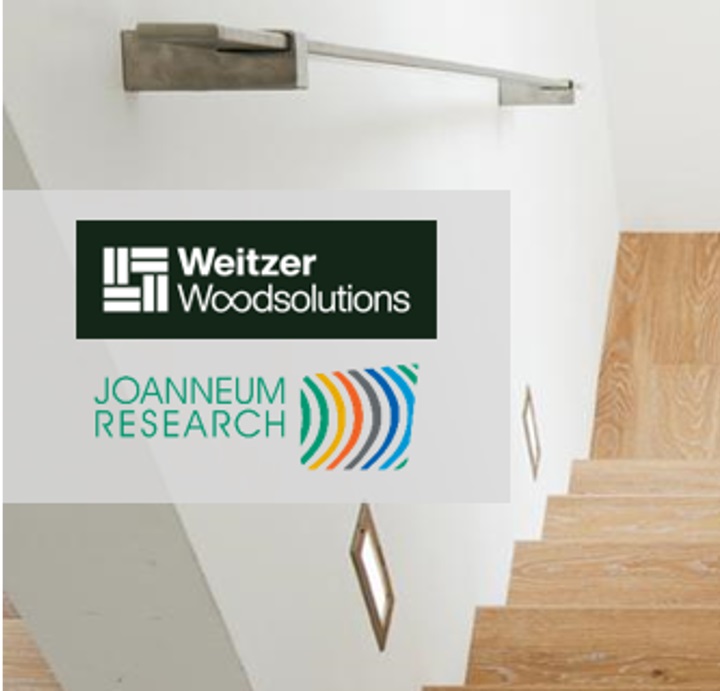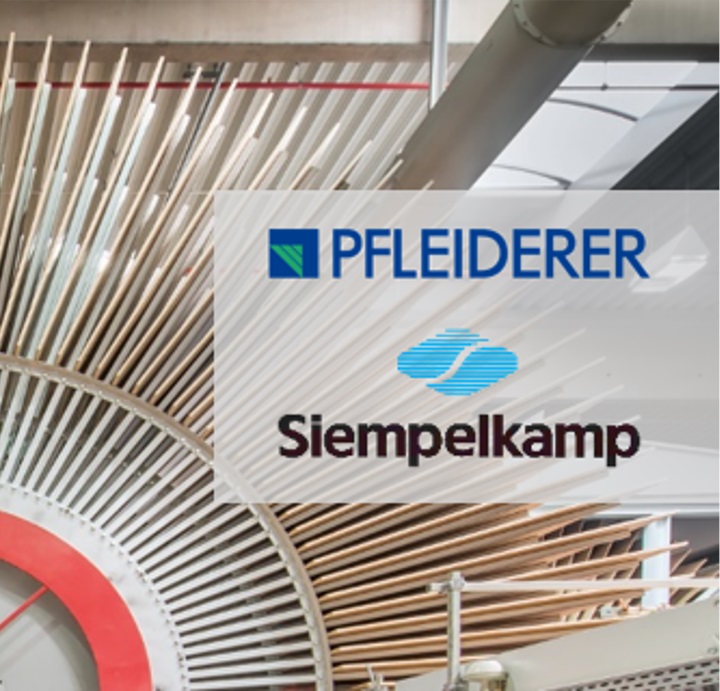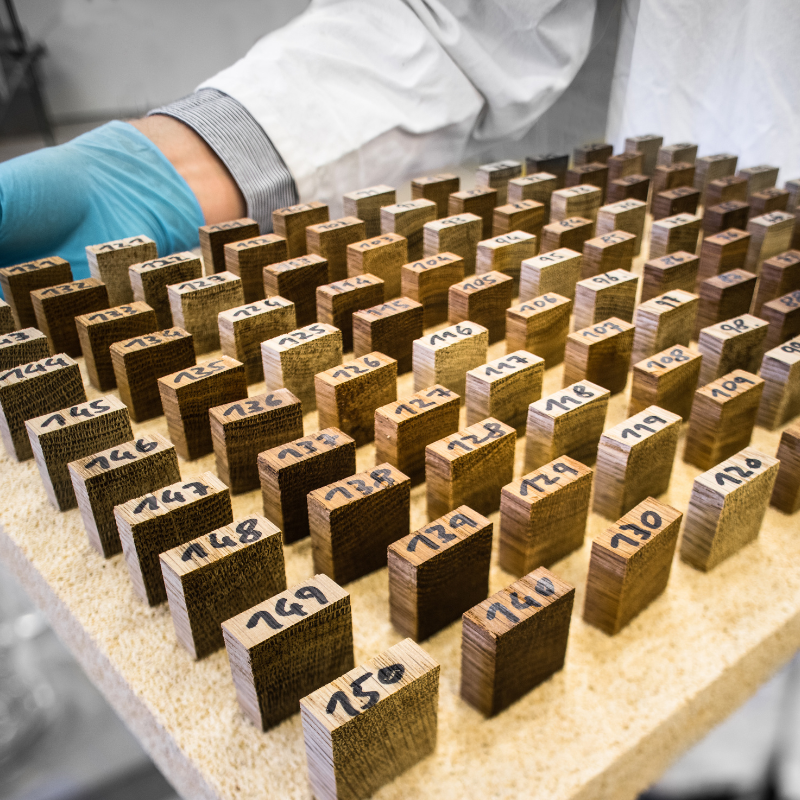champI4.0ns use cases
In champI4.0ns, four use cases are being worked on, all of which – with different weighting – deal with traceability, planning & control and quality assurance.
 Application partner:inside: ADH Mölltal Furniture & I0T40
Application partner:inside: ADH Mölltal Furniture & I0T40
Focus: Traceability
Initial situation: Buyers of furniture cannot be sure that the wood used comes from sustainable forestry
Objective: Counterfeit-proof material tracking from tree to piece of furniture
Solution approach.
- Logs can be reliably identified via annual rings and other features
- Data along the entire process from the forest to the sawmill to the manufacture of the end product is clearly assigned and stored in a central database
- A digital material or product passport for wood and furniture is created
 Application partner:inside: HASSLACHER PREDING Holzindustrie GmbH & NET-Automation GmbH
Application partner:inside: HASSLACHER PREDING Holzindustrie GmbH & NET-Automation GmbH
Focus: Planning and control
Initial situation: Since pellet production is influenced by numerous factors, no standardized control strategies exist
Objective: Autonomous process control in pellet production
Solution approach:
- Certain product quality is achieved with minimum use of resources and maximum utilization of production facilities
- Data for the training of AI-based control is generated using simulations, among other things
- Models are to be built in a decentralized manner, compared with each other and transferred between similar plants
 Application partners:inside: Weitzer Woodsolutions & Joanneum Research
Application partners:inside: Weitzer Woodsolutions & Joanneum Research
Focus: Quality assurance
Initial situation: The production of stairs is usually based on rough dimensional specifications, and adjustment to the natural dimensions only takes place on site. A proof of concept for recording the natural dimensions already before production is available, but an economic application is not yet possible, mainly due to the high resource requirements.
Objective: Networked data chains in staircase production
Solution approach.
- AI-based collection of natural measurements on site with a handheld device
- Efficient (broadband) data communication from the construction site to data evaluation and production
- Methods for autonomous data processing are used in product planning
 Application partner:inside: Pfleiderer & Siempelkamp
Application partner:inside: Pfleiderer & Siempelkamp
Focus: Planning and control, quality assurance, traceability
Initial situation: A variable natural raw material and the complexity of manufacturing make it difficult to set manufacturing processes. Data is collected at various points, but cannot be adequately used to guide the process.
Objective: Optimized model-based process control and quality prediction
Solution approach.
- Collection of additional data in production and from suppliers and integrated use of this data or transfer to customers
- Dashboards help plant operators make process control decisions
- Materials and products are tracked throughout the value chain and a carbon footprint is assigned to products
- Material properties that cannot be measured non-destructively are determined on the basis of measurable properties


